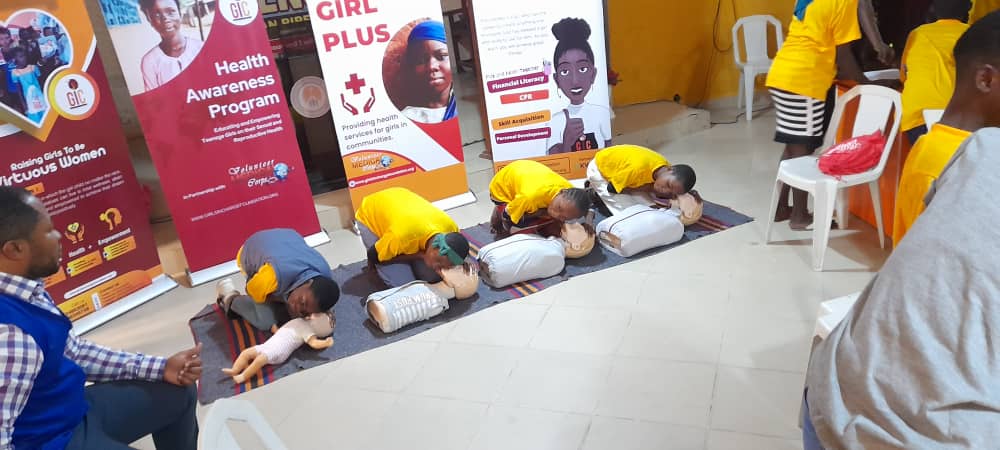Anaphylaxis is a severe and potentially life-threatening allergic reaction that occurs when the immune system overreacts to certain harmless substances. By understanding the triggers, symptoms, and the importance of swift intervention, one can empower themselves to navigate the challenges posed by it.
Substances that cause allergic reactions are referred to as allergens.
When anaphylaxis occurs, the body reacts swiftly and dramatically. One of the most immediate effects is a sudden drop in blood pressure, which can lead to dizziness, lightheadedness, or even loss of consciousness. Simultaneously, the airways constrict, making it difficult to breathe.
CAUSES OF ANAPHYLACTIC SHOCK
Some common causes of anaphylactic shock include:
- Food allergies - such as peanuts, tree nuts, shellfish, milk, and eggs
- Insect stings - such as from bees, wasps, and hornets
- Medications - such as antibiotics, aspirin, and certain chemotherapy drugs
- Latex - found in gloves, balloons, and other products.
- Exercise - in rare cases, intense physical activity can trigger anaphylaxis.
SIGNS OF ANAPHYLACTIC SHOCK
- Skin reactions: Hives, itching, flushing, and swelling.
- Respiratory symptoms: Difficulty breathing, wheezing, coughing, and tightness in the chest.
- Cardiovascular symptoms: Rapid or weak pulse, low blood pressure, dizziness, and fainting.
- Gastrointestinal symptoms: Nausea, vomiting, abdominal pain, and diarrhea.
- Other symptoms: Anxiety, confusion, feeling of impending doom, and loss of consciousness.
FIRST AID FOR ANAPHYLACTIC SHOCK
Each case of anaphylactic shock is unique, and the appropriate first aid measures may vary depending on the individual's specific circumstances. Below are important steps to follow while waiting for emergency services to arrive?
- Help the person sit or lie down in a comfortable position.
- The first line of first aid for anaphylaxis is an adrenaline injection to the outermost part of the mid-thigh, this should be held in place for 5 to 10 secs.
- If after 5 to 10 minutes the person still feels unwell, a second injection should be administered on the opposite thigh. A second dose may also be necessary if the person improves and then becomes unwell again.
- It is important to call the emergency number not minding if the injection has been given or not.
- If the person is having difficulty breathing, encourage the individual to sit forward to assist breathing.
- If at any point the individual loses consciousness, place in recovery position if still breathing or start CPR if the individual stops breathing.





What do you think?
0 Responses
To Comment, you must Sign In
Be the First to Post on this Topic